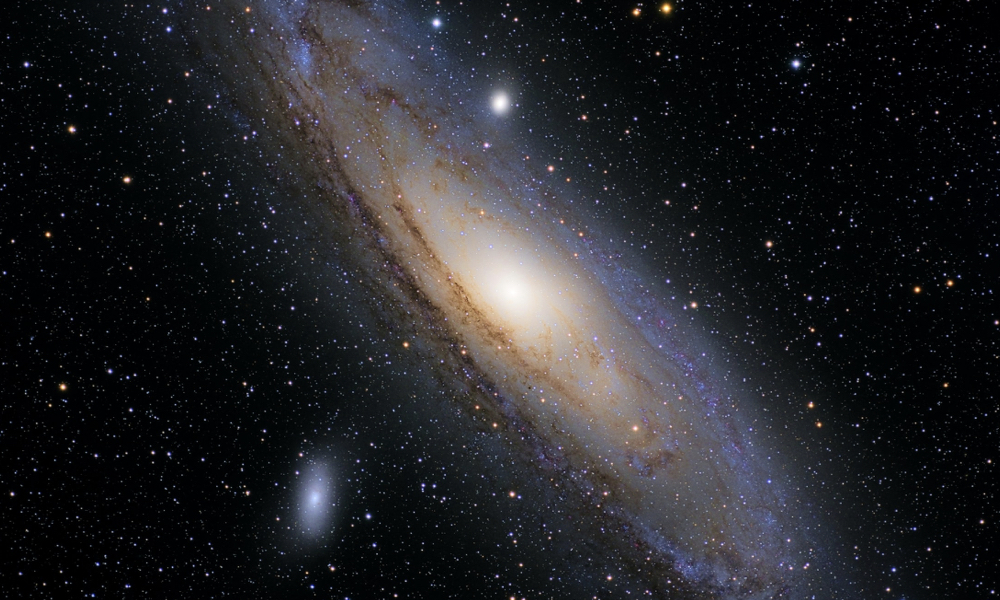
ESA Open Invitation to Tender AO9525
Open Date: 05/03/2019
Closing Date: 30/04/2019 13:00:00
Status: ISSUED
Reference Nr.: 18.1ET.16
Prog. Ref.: Technology Developme
Budget Ref.: E/0901-01 – Technology Developme
Special Prov.: BE+DK+FR+DE+IT+NL+ES+SE+CH+GB+IE+AT+NO+FI+PT+GR+LU+CZ+RO+PL+EE+HU
Tender Type: C
Price Range: 200-500 KEURO
Products: Satellites & Probes / Payloads / Instruments / RF and microwave Instruments / Imaging Radars
Techology Domains: RF Systems, Payloads and Technologies / RF Payloads / Payload Tools / RF Systems, Payloads and Technologies / RF Payloads / EO Instruments
Establishment: ESTEC
Directorate: Directorate of Tech, Eng. & Quality
Department: Electrical Department
Division: RF Payloads & Technology Division
Contract Officer: Erkelens-Sickinger, Franziska
Industrial Policy Measure: N/A – Not apply
Last Update Date: 05/03/2019
Update Reason: Tender issue
The opportunity of flying Synthetic Aperture Radars (SARs) in geosynchronous orbits dates back from early 80s. Themotivation mainly derived from the interest in monitoring a delimited area with very short revisit time (24 hours), openingthe door to security and environmental applications requiring almost continuous monitoring. At that timegeosynchronous orbits with significant orbit inclination and eccentricity were proposed in order to achieve 24 hoursrevisit time over continental coverages. In order to achieve a proper Signal to Noise Ratio (SNR), high power amplifiersable to transmit significant amount of RF power as well as very large antenna dimensions were required, posing severetechnological challenges to be solved for the concept implementation.In the late 90s, analternative concept, referred as quasi-geostationary SAR, was proposed, in which a low orbiteccentricity and a (quasi) zero inclination were selected, offering continuous monitoring of regional coverages. The SNRissues are resolved, in this case, by exploiting the long integration time of the synthetic aperture (i.e., in the order ofhours), leading to much less demanding high power amplification and antenna size.This concept has been developing over time and targeting applications such as atmospheric phase screenmeasurement, snow-mass retrieval, earthquakes, landslides, volcanoes etc…Currently, the idea of embarking a quasi-geostationary SAR as hosted payload on a SATCOM is under investigation inthe frame of an ESA EOPA Activity.Recently, a further enhancement of quasi-stationary SAR concept, has been introduced. The idea consists in thedeployment of a fractionated geosynchronous SAR systems made upof a constellation of mini-satellites ingeostationary orbit, achieving high resolution images (in the order of few meters) in lessthan one hour aperture time.The activity shall start from a comprehensive review of geostationary SARs concepts, identifying advantages anddrawbacks of each solution in terms of both targetable applications and mission/instrument complexity and expectedtechnical challenges.After that, a detailed definition, analysis, trade-off and performance assessment of candidate fractionated SAR systemsmade up of mini-satellites placed in the geosynchronous orbit shall be carried out.This task shall include a mission study including formation flying definition, instrument definition and sizing, identificationand specification of satellite platform requirements, identification of potential launchers and launching strategy.Based on the outcome of this Task the most promising concept willbe selected for performance refinement as well asdetailed instrument and data processing definition.A technology roadmap shall befinally derived at the end of the activity.
If you wish to access the documents related to the Invitation to Tender, you have to log in to the ESA Portal.
